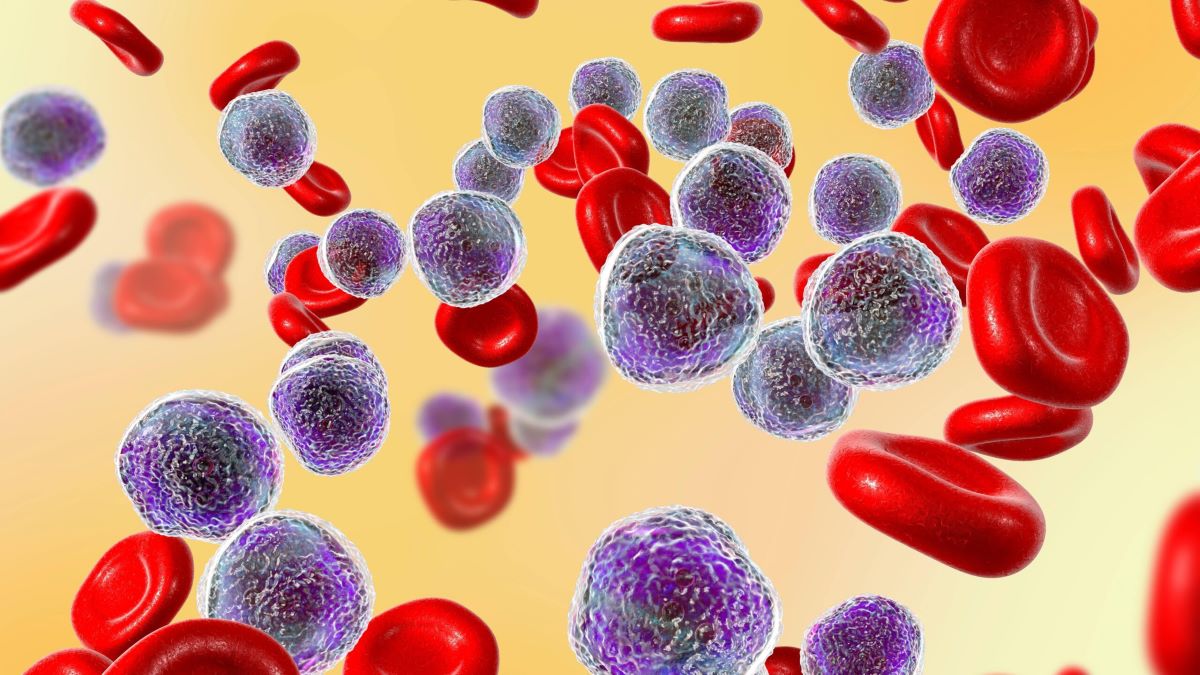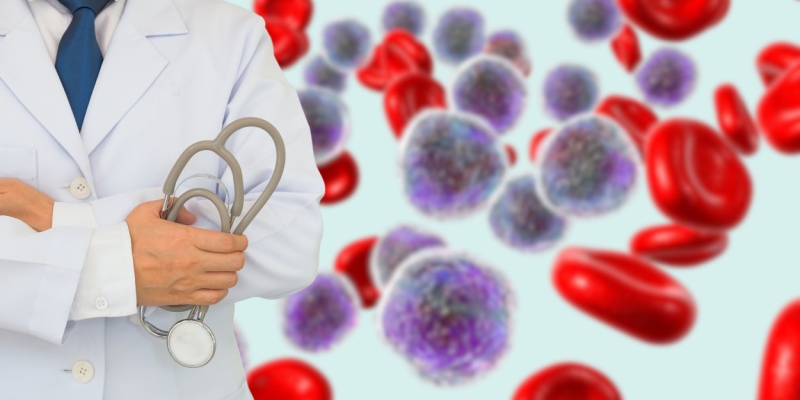
Clinical research toward personalized therapies for patients with myelodysplastic syndromes (MDS) may benefit from a new human bone marrow organoid model derived from induced pluripotent stem cells (iPSCs). The model was developed by a team of researchers from Northwestern University and presented in a study published in Blood Advances.
“These findings underscore the significance of the organoid model in studying human hematopoiesis and the pathophysiology of hematologic diseases,” wrote lead author for the study, Kehan Ren, PhD.
To describe the need for this new model, the researchers mentioned that translational studies into treatments for hematological diseases currently use immunodeficient mouse models. These models have difficulties engrafting the hematopoietic stem and progenitor cells (HSPCs) that are derived from patients with MDS.
In the new model, the HSPCs from MDS patients easily graft to the bone marrow organoids. Moreover, as explained by Dr. Ren, in this model HSPCs derived from patients with or without MDS “can migrate to and proliferate within the organoid’s vascular niche while maintaining self-renewal and original genetic profiles.” This leads to better replication of the specific bone marrow microenvironment pathobiology of the patient’s disease.
The researchers noted in their model they observed that in HSPCs from patients with MDS, hematopoiesis sharply differed from that of HSPCs from patients without the disease, and that this is a signature pathobiological feature of MDS.
Reference
Ren K, Li E, Aydemir I, et al. Development of iPSC-derived human bone marrow organoid for autonomous hematopoiesis and patient-derived HSPC engraftment. Blood Adv. 2024. doi:10.1182/bloodadvances.2024013361






 © 2025 Mashup Media, LLC, a Formedics Property. All Rights Reserved.
© 2025 Mashup Media, LLC, a Formedics Property. All Rights Reserved.